How to Spot Deepfake Videos
Method 1 of 3:
Examining the Image
-
 Look for blurring on the person's face that's not in the rest of the video. When someone's face is superimposed over someone else's, their face rarely fits perfectly. That means the video's creator will need to blur certain areas to hide the fact that the video is fake. Look closely at the person's face to see if you notice any blurring. Then, compare the face to the person's body, the background, and objects in the video to see if the face appears blurry in comparison.[1]
Look for blurring on the person's face that's not in the rest of the video. When someone's face is superimposed over someone else's, their face rarely fits perfectly. That means the video's creator will need to blur certain areas to hide the fact that the video is fake. Look closely at the person's face to see if you notice any blurring. Then, compare the face to the person's body, the background, and objects in the video to see if the face appears blurry in comparison.[1]- Their skin tone may also look different at the edges of their face.
Tip: Their face may get especially blurry when they move something in front of it, like their hand or a coffee mug.
-
 Check for double edges around the eyes, mouth, and face. Look at the eyes, eyebrows, lips, and face outline to see if you can see 2 edges. This happens when a person's face is superimposed over a face that has a noticeably different face shape. When you see these irregularities, it's likely you're looking at a deepfake.[2]
Check for double edges around the eyes, mouth, and face. Look at the eyes, eyebrows, lips, and face outline to see if you can see 2 edges. This happens when a person's face is superimposed over a face that has a noticeably different face shape. When you see these irregularities, it's likely you're looking at a deepfake.[2]- For instance, you might notice a weird outline around the person's eyes or mouth. Similarly, you might notice that their eyebrows are 2 different colors.
Tip: You may also notice that hair and teeth are missing. When they smile, check to see if the teeth look real or not.[3]
-
 Consider if the person in the video rarely blinks. People typically blink every 2-10 seconds, and each blink takes 1/10 to 4/10 of a second. However, deepfake programs aren't able to accurately depict blinking, so you'll notice less blinking. Watch the person's eyes to see if they blink normally.[4]
Consider if the person in the video rarely blinks. People typically blink every 2-10 seconds, and each blink takes 1/10 to 4/10 of a second. However, deepfake programs aren't able to accurately depict blinking, so you'll notice less blinking. Watch the person's eyes to see if they blink normally.[4]- Count between blinks to help you determine if it's normal.
-
 Notice if the person's eyes look weird when they blink or close. Deepfake programs use existing photos of a person to create a simulation of them. However, most people aren't photographed with their eyes closed, so it's hard for the program to simulate closed eyes. Pay careful attention to the person's eyes to see if they look odd while they're closed.[5]
Notice if the person's eyes look weird when they blink or close. Deepfake programs use existing photos of a person to create a simulation of them. However, most people aren't photographed with their eyes closed, so it's hard for the program to simulate closed eyes. Pay careful attention to the person's eyes to see if they look odd while they're closed.[5]- The eyes may look blurry, discolored, or computerized if the video is a deepfake.
-
 Look for shadows and reflections that don't match up. Some deepfake videos are made by combining 2 videos. Fortunately, you may be able to spot these fakes by checking the placement of shadows and reflections. Typically, every shadow should go in the same direction, including shadows from people, buildings, and large items. Similarly, reflective surfaces like mirrors, windows, and water surfaces will show consistent reflections.[6]
Look for shadows and reflections that don't match up. Some deepfake videos are made by combining 2 videos. Fortunately, you may be able to spot these fakes by checking the placement of shadows and reflections. Typically, every shadow should go in the same direction, including shadows from people, buildings, and large items. Similarly, reflective surfaces like mirrors, windows, and water surfaces will show consistent reflections.[6]- This works great for videos that don't focus on a speaker's face. For instance, if you're looking at a crowd on the street, check to see that the shadows from the buildings and members of the crowd go in the same direction.
- Similarly, let's say you're looking at a video of a protest that allegedly got out of control. If you noticed that the storefront windows in the video showed the reflections of just 2 people while the video had a crowd of people, it may be a deepfake.
-
 Make sure everything in the video looks like it's to scale. Since these videos are altered, the people, objects, and background may not match up. Look for inconsistencies, like buildings that are too big, body parts that look misshapen, and objects that look larger than usual. These can be a sign the video is a fake.[7]
Make sure everything in the video looks like it's to scale. Since these videos are altered, the people, objects, and background may not match up. Look for inconsistencies, like buildings that are too big, body parts that look misshapen, and objects that look larger than usual. These can be a sign the video is a fake.[7]- As an example, you might notice that the people in a protest seem really tall compared to the buildings around them.
- Similarly, you may notice that a person's head looks way too big for their body.
Method 2 of 3:
Checking the Audio
-
 Read the person's lips to see if it matches the audio. Focus on the person's lips as they speak and watch to see if their lips are forming the words they're saying. Additionally, notice if the lips appear to simply move up and down without actually forming words. This might be a sign that the video is a fake.[8]
Read the person's lips to see if it matches the audio. Focus on the person's lips as they speak and watch to see if their lips are forming the words they're saying. Additionally, notice if the lips appear to simply move up and down without actually forming words. This might be a sign that the video is a fake.[8]- For example, say the word 'oh' and notice how your lips make an 'o' shape. Then, say the word 'hi' and notice that your mouth opens more and doesn't make an 'o.' The person who's speaking in the video should be making the same shapes with their mouth.
-
 Notice if the person's reactions don't match up with what they're saying. Typically, when a person speaks, their facial expression, tone, and gestures all match up with what they're saying. Since deepfakes aren't real, the person's reactions and expressions may not match up with what they're saying. Pay careful attention to how they seem to feel about what they're saying to see how it compares to what's being said.[9]
Notice if the person's reactions don't match up with what they're saying. Typically, when a person speaks, their facial expression, tone, and gestures all match up with what they're saying. Since deepfakes aren't real, the person's reactions and expressions may not match up with what they're saying. Pay careful attention to how they seem to feel about what they're saying to see how it compares to what's being said.[9]- Let's say you're watching a video of a presidential candidate who's saying that they hate their country. If you notice that the person seems to be shaking hands and laughing as they talk, you might suspect that it's a fake video.
- Similarly, let's say that the person in the video is a politician who's declaring that they aren't going to do their job anymore and instead they're just going to throw pies at congress. If their tone and facial expressions appear very serious, it's likely the video is a fake.
-
 Listen for sound issues, like volume issues, voice changes, or glitches. Pay attention to the audio so you'll notice if some words and phrases are louder than others or if the voice seems dubbed. Additionally, consider if the speech sounds robotic or like the syllables were forced together. These might be signs of a fake video.[10]
Listen for sound issues, like volume issues, voice changes, or glitches. Pay attention to the audio so you'll notice if some words and phrases are louder than others or if the voice seems dubbed. Additionally, consider if the speech sounds robotic or like the syllables were forced together. These might be signs of a fake video.[10]- For instance, you might notice that the speech sounds autotuned and mechanical.
-
 Notice if the person's voice doesn't sound right. A lip synced deepfake video takes an existing video and adds different audio. If the new speech is very similar to the old speech, it might be hard to spot visual differences. However, consider if the person's voice sounds different than usual. This can be a sign of a fake.[11]
Notice if the person's voice doesn't sound right. A lip synced deepfake video takes an existing video and adds different audio. If the new speech is very similar to the old speech, it might be hard to spot visual differences. However, consider if the person's voice sounds different than usual. This can be a sign of a fake.[11]- For example, let's say you're watching a video of an actor admitting to assaulting someone. If their voice sounds different, it could be a fake.
-
 Consider if the speaker is using a monotone voice. When the speaker's voice can't be accurately duplicated, it's common for a video's creator to add a monotone voice instead. Notice if the speech seems to lack all emotion and inflection. If it does, you may be watching a fake.[12]
Consider if the speaker is using a monotone voice. When the speaker's voice can't be accurately duplicated, it's common for a video's creator to add a monotone voice instead. Notice if the speech seems to lack all emotion and inflection. If it does, you may be watching a fake.[12]- For example, let's say you're watching a video of a politician calling for war. If the person seems disinterested and their tone of voice is flat, it's likely the video is a deepfake.
Method 3 of 3:
Evaluating the Credibility
-
 Trace the video back to its source. Look to see if a credible website or account is sharing the video. Similarly, check the URL of the video to see if it's from a legitimate website. If it's not, then the video is likely a fake.[13]
Trace the video back to its source. Look to see if a credible website or account is sharing the video. Similarly, check the URL of the video to see if it's from a legitimate website. If it's not, then the video is likely a fake.[13]- For example, let's say the video originated from a page called 'Bob Hates Politics.' This may make you question it's legitimacy.
- However, if the Washington Post shared the video, it might be real.
-
 Search the contents of the video to look for corroborating sources. Open your favorite Internet browser and type in the topics you see brought up in the video. Then, go through your results to look for credible sources that back up or discredit the contents of the video. Read the articles you find to figure out if the video may be a fake.[14]
Search the contents of the video to look for corroborating sources. Open your favorite Internet browser and type in the topics you see brought up in the video. Then, go through your results to look for credible sources that back up or discredit the contents of the video. Read the articles you find to figure out if the video may be a fake.[14]- For example, let's say you see a video of a senator saying she wants to ban all religions. You could type 'senator wants to ban all religions' into your search bar. Then, read what comes up, but also check the credibility of your sources.
-
 Consider where the video is being shared. Most deepfakes are shared directly to social media, like Facebook and Twitter. From there, it's common for them to go viral. When you see these videos, look at the original profile that shared it. Additionally, check if you can find it being shared on other sites.[15]
Consider where the video is being shared. Most deepfakes are shared directly to social media, like Facebook and Twitter. From there, it's common for them to go viral. When you see these videos, look at the original profile that shared it. Additionally, check if you can find it being shared on other sites.[15]- For example, let's say you're on Facebook and you see a video of a politician you hate saying something really stupid. Before you assume it's real, check several credible news sites to see if they're sharing the video, too. If it's real, chances are every news outlet is going to be sharing it.
-
 Question videos that seem too crazy to be true. Deepfake videos usually include inflammatory, embarrassing, or satirical material. That means they'll likely trigger a strong reaction in you. When you see material that seems particularly upsetting or over-the-top, consider that it might not be true. Then, do your own research to find out if you can believe what you saw in the video.[16]
Question videos that seem too crazy to be true. Deepfake videos usually include inflammatory, embarrassing, or satirical material. That means they'll likely trigger a strong reaction in you. When you see material that seems particularly upsetting or over-the-top, consider that it might not be true. Then, do your own research to find out if you can believe what you saw in the video.[16]- It's especially hard to do this if you see something that confirms someone you dislike is a terrible person. However, it's important that you verify what you're seeing before you believe it.
- Try not to share videos that you aren't sure are real because it spreads false information.
4 ★ | 1 Vote
You should read it
- How to Be a Music Video Director
- How to Transfer Video Onto the Computer
- How to download and play Among Us first person fps
- How to Install Handbrake
- YouTube's source code leaked, revealing the entire platform measure used to control YouTubers
- 10 signs of a bland man, but a bland person doesn't notice it
- Some video formats are no longer stored endlessly on Google Photos
- How to Clean an Abs Sensor
May be interested
- Deepfakes on YouTube are on the rise: How to flag certain AI content?
 artificial intelligence (ai) is starting to impact our lives in tangible ways, both positive and negative.
artificial intelligence (ai) is starting to impact our lives in tangible ways, both positive and negative. - 16 popular AI 'undressing' websites on the Internet are sued
 16 websites that allow posting pictures of real people so that deepfake ai models can create pornographic photos are considered to have the most traffic, and have just been sued by the san francisco city prosecutor's office with the goal of shutting down these sites. this website.
16 websites that allow posting pictures of real people so that deepfake ai models can create pornographic photos are considered to have the most traffic, and have just been sued by the san francisco city prosecutor's office with the goal of shutting down these sites. this website. - Using deepfake to fix the movie CGI the new Lion King, the young man earned a beautiful result
 two artists nikolay mochkin and jonty pressinger have teamed up to use deepfake in the new movie the lion king, which has just been released.
two artists nikolay mochkin and jonty pressinger have teamed up to use deepfake in the new movie the lion king, which has just been released. - McAfee expert explained how deepfake and AI are drilling through the cyber security wall
 'hundred listeners are not equal to one', this proverb might not be accurate when it comes to cyber security.
'hundred listeners are not equal to one', this proverb might not be accurate when it comes to cyber security. - At the request of Snoop Dogg, the artist group uses deepfake technology to 'revive' legendary rapper Tupac
 this will be a noticeable detail in snoop dogg's upcoming music video.
this will be a noticeable detail in snoop dogg's upcoming music video. - Deepfake turned Tom Cruise into Iron Man
 youtube channel collider recently posted a video that applied deepfake technology to face transplant tom cruise instead of robert downey jr plays tony stark, iron man.
youtube channel collider recently posted a video that applied deepfake technology to face transplant tom cruise instead of robert downey jr plays tony stark, iron man. - This dangerous application can 'penetrate' women's clothing in seconds thanks to deepfake technology
 the application also uses ai, but instead of swapping faces, it will turn photos of women even when shooting they are still wearing full clothes into nude pictures.
the application also uses ai, but instead of swapping faces, it will turn photos of women even when shooting they are still wearing full clothes into nude pictures. - Learn About Spot Color: The Hidden Phone Feature That Makes Photos Pop
 you don't need a professional app or camera to make your photos stand out - just a hidden setting in your phone's menu.
you don't need a professional app or camera to make your photos stand out - just a hidden setting in your phone's menu. - Dangerous application that can 'penetrate' women's clothes in seconds has been removed
 deepnude, the app that looks through clothing based on deepfake technology, has the ability to create a false body image with just a click of the mouse, which has been taken down by the development team after a few hours of attention.
deepnude, the app that looks through clothing based on deepfake technology, has the ability to create a false body image with just a click of the mouse, which has been taken down by the development team after a few hours of attention. - Smishing, public WiFi, deepfake ... but every security threat will explode in 2020
 the world of security is constantly moving, in parallel with the development speed of the internet as well as the technology field.
the world of security is constantly moving, in parallel with the development speed of the internet as well as the technology field.
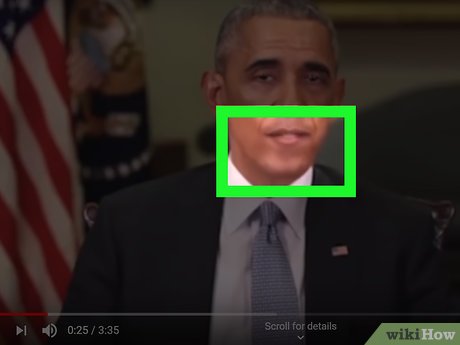
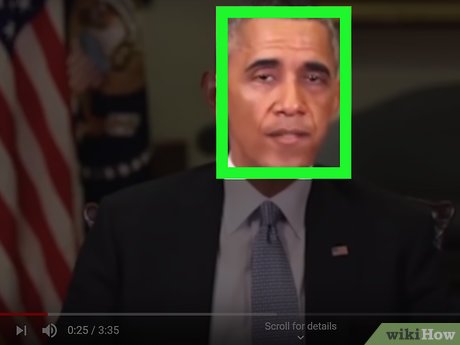
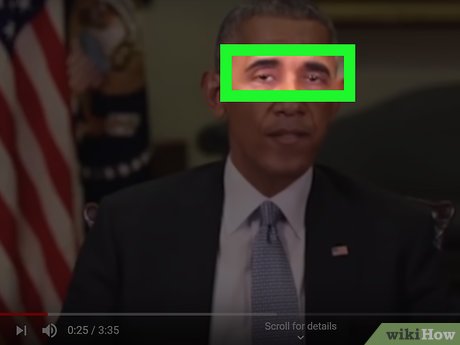

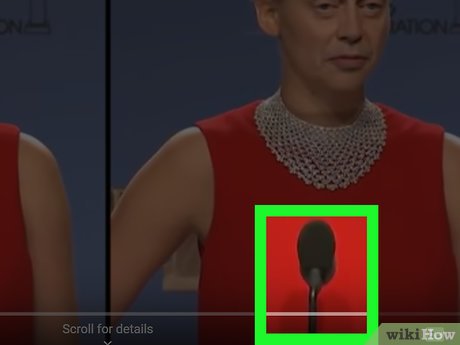
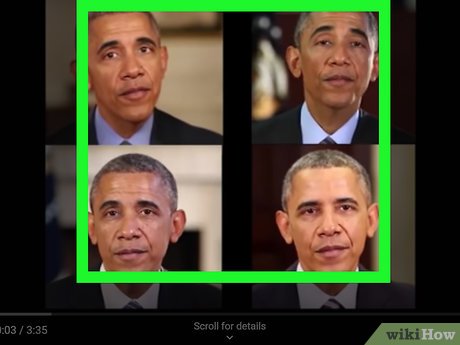
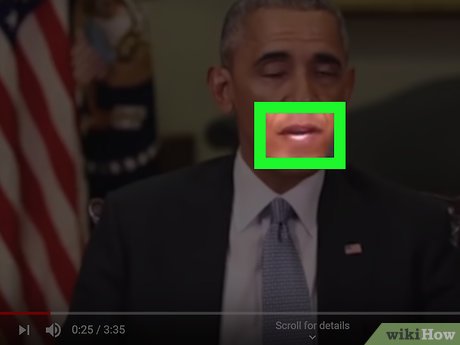
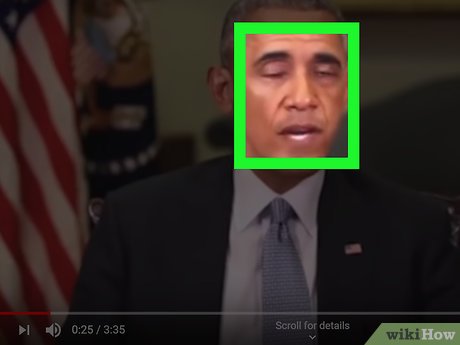
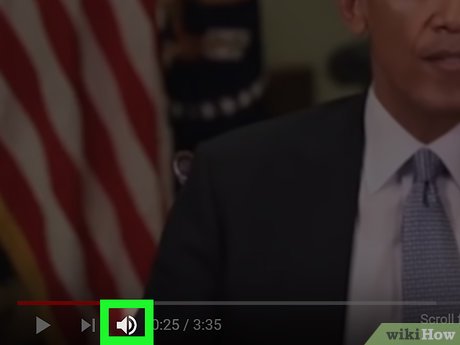
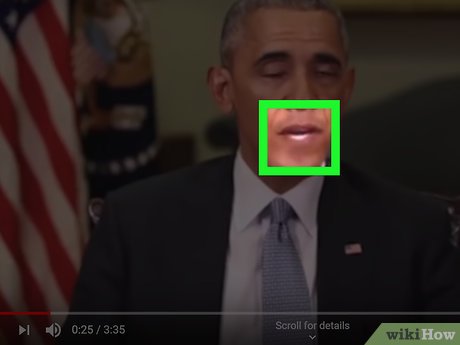
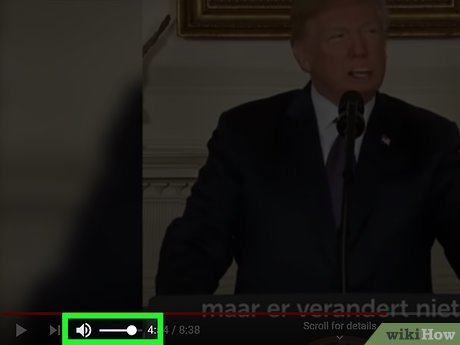
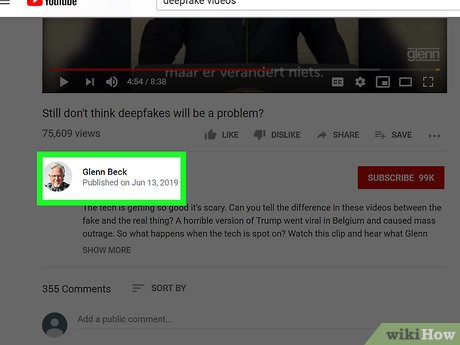
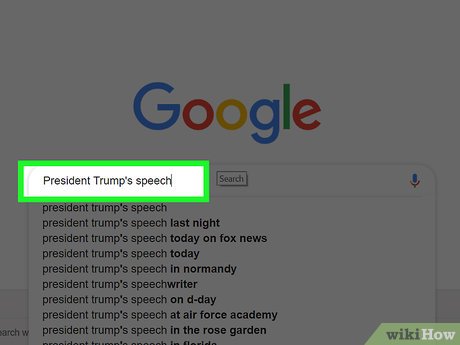
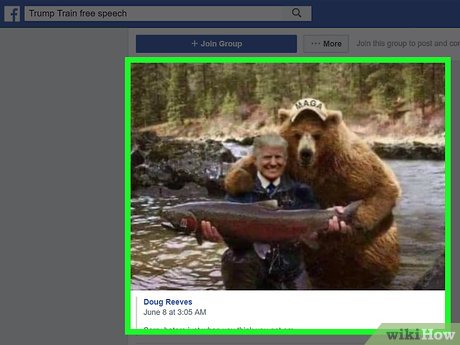
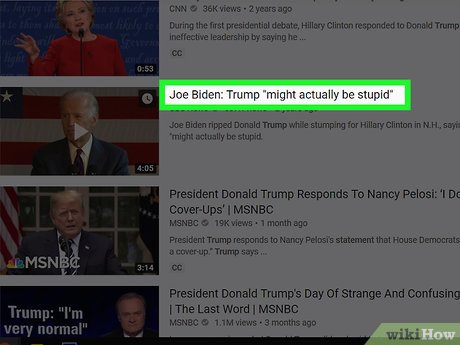










 How to Trim a Video on PC or Mac
How to Trim a Video on PC or Mac How to Make Video Edits
How to Make Video Edits How to Watch Neverthink
How to Watch Neverthink How to Convert WMV to AVI
How to Convert WMV to AVI How to Watch Shared Videos from a Computer on an iPad
How to Watch Shared Videos from a Computer on an iPad How to Sync Audio and Video
How to Sync Audio and Video